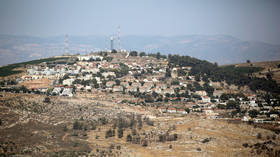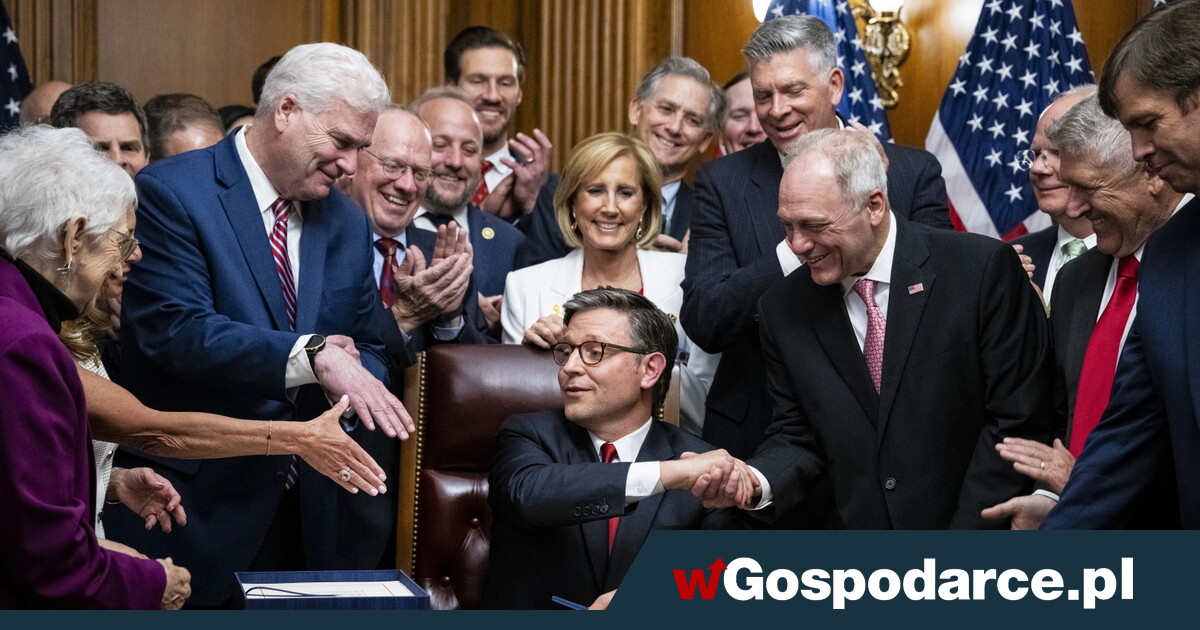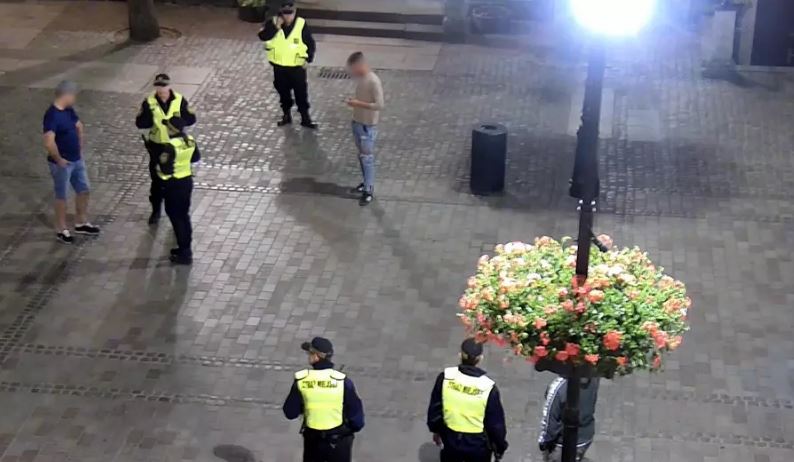Historical calendar: the anniversary of the last horse charge carried out by the WP on the enemy. The event took place close Borujski. What is peculiarly interesting, the charge has been completely successful.
Today in our calendar we will look at the circumstances accompanying this event.
In early 1945, 1st Army troops of the Polish Army fought hard to break the Pomorskie Wall – a strategy of German fortifications in West Pomerania. The 1st Warsaw Cavalry Brigade took the branch division of the 1st Warsaw Cavalry Brigade in capturing them in the region of Drawska and Mirosłowiec.
This unit, formed in the spring of 1944 and mostly composed of veterans of the 1939 War (mainly the 19th and 21st Ulan Regiments), but they were commanded by russian officers, which was a kind of sign of the fresh times. The squad took part in fighting for Warsaw and Pomerania, but most frequently he fought in the infantry formation, as a complement to infantry troops. Koni only utilized as a means of transport. However, under Borujski she entered the fight as a classical cavalry squad.
The first attacks of tanks and infantry on powerfully reinforced German positions under Borujski did not produce results. After respective days of preparation, another attack began on Borujsko and close Żabin on the morning of 1 March. After a 30-minute artillery shelling, troops of the 2nd Infantry Division began to attack – a strong fire of German device guns stopped them in an honest field.
Neither did the support of the attack by the 2nd armoured battalion tanks succeed, nor the re-launching of the attack early in the afternoon with more tanks and associated fazilier troops. German fire prevented the movement of the infantry, with no shielded tanks falling prey to pancerfausts, whose service was hidden in masked positions in the Borusian prefield.
After another unsuccessful storm, it seemed that the attack on Borujsko had broken down – and then Polish cavalry entered the fight. Initially, their participation in the fight was limited to the demolition of the retreating German troops after the Polish tanks broke the defense, but now they had to take on the main burden of the attack. 2 squadrons of elans commanded by Lieutenant Zbigniew Starak and Lieutenant Mieczysław Spisacki, supported by a squad of horse artillerymen, moved to attack on 1 March at 3:45 p.m.
About 220-person group consisted of 2 squadrons of the 3rd Ulan Regiment of the 1st Warsaw Independent Cavalry Brigade and 2 batteries from the 4th Horse Artillery Division. The Cavaliers utilized the jar and penetrated the area where Polish tanks were operating, which passed and hit the amazed Germans at the outpost. Most Germans died. Then, along with tanks and infantry, they attacked the village.
In the German ranks panic broke out – soldiers threw themselves distant from fleeing towards Boruska. The Polish infantry, freed from severe fire, besides attacked tanks of the 1st armored battalion. Meanwhile, the men commanded by Lieutenant Starak continued to charge.
Okay. 5:00 p.m. Borujsko was captured. The Germans lost over 500 dead and 50 wounded – 147 soldiers were killed on the Polish side, and 349 were wounded, but among the cavalry there were tiny losses: in the open charge for the reinforced positions, only 7 Germans were killed and respective wounded were wounded.
After the war the 1st Warsaw Cavalry Brigade was enlarged to division level, but it was formed in 1947.
The commander of the charge under Borujski, Lieutenant Zbigniew Starak posed for the monument of the Millennium Polish Driving, unveiled in 1994, after his death.
In popular culture, the charge under Borujski was commemorated, among others, in the painting by Michał Bylina (view graphics) and the song by Leon Landowski and Włodzimierz Scisłowski entitled "The Last Charge".
Previous entry from our calendar is available Here.












